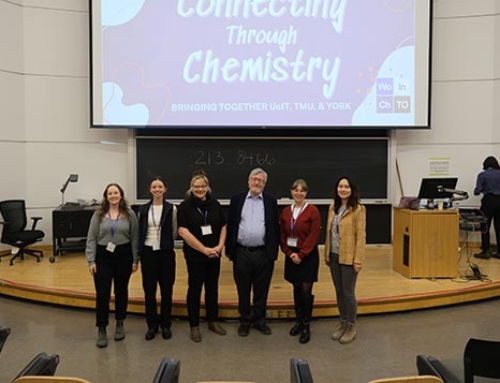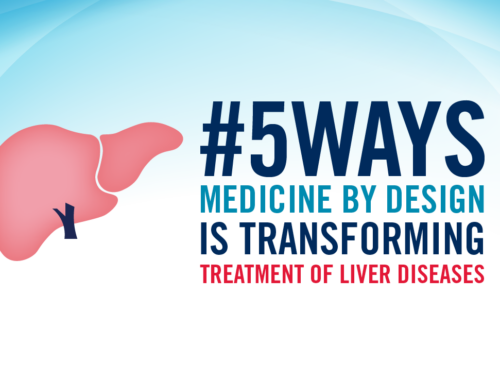
Sonya MacParland, Ian McGilvray and Gary Bader are senior authors on a study that gives a snapshot of primary sclerosing cholangitis (PSC). (Photo provided by UHN)
This research was partially funded by Medicine by Design as part of the large-scale, multi-disciplinary team project focused on harnessing the liver’s power to regenerate. This story is reprinted from uhnresearch.ca.
In a leading-edge effort led by the University Health Network (UHN) in Toronto, a collaborative team, including researchers from the University of Toronto, Hospital for Sick Kids, and the University of Western Ontario, has published a new study that gives the first-ever snapshot of primary sclerosing cholangitis (PSC), a rare autoimmune liver disease.
The research is focused on understanding the cellular landscape of the PSC liver at the time of transplant. Utilizing innovative, cutting-edge techniques, the team could pinpoint cells crucial to disease progression, providing valuable insights for potential therapeutic targets.
Read the full story on the UHN website
Unlike traditional investigations, this research prioritizes open science, collaboration, and a patient-centric approach. This study not only utilized cutting-edge technologies but also embraced a patient-focused approach, with patients actively participating in grant writing and a patient advocacy group, PSC Partners Seeking a Cure Canada, contributing funding. This marks a historic shift, making it the first study of its kind where patients played a pivotal role in the research process.
“PSC is a rare cholestatic liver disease that is often overlooked in research. Our findings shed light on cellular populations driving disease progression, opening avenues for therapeutic development,” says study co-first author Diana Nakib, a PhD candidate at the lab of Sonya MacParland, senior scientist at UHN’s Schwartz Reisman Liver Research Centre, Ajmera Transplant Centre and Toronto General Hospital Research Institute (TGHRI).
MacParland, also co-senior author of the study and an Associate Professor at the University of Toronto, emphasizes the importance of understanding the healthy liver, “Our growing knowledge of the healthy human liver enables us to identify and target cells driving diseases like PSC.”
“Sharing raw and processed data publicly facilitates global collaboration, especially for underserved liver diseases,” Tallulah Andrews, a co-first author and assistant professor at the University of Western Ontario, stresses the impact of their open-science approach.
The study’s multi-omic approach revealed vital insights, including diverse immune cell populations in the healthy liver, in PSC livers, and transitioning liver cells around PSC lesions. Gary Bader, a co-senior author, affiliate scientist at the Princess Margaret Cancer Centre and professor at the University of Toronto’s Donnelly Centre, highlights the importance of a multi-omic approach, “Employing diverse profiling methods allows for uncovering and validating new gene signatures and cell types crucial for understanding diseases.”
Medicine by Design-funded event "What the Cell?" brings PSC patients and families together
Patients, their families, clinicians, and scientists gathered recently for an important discussion about primary sclerosing cholangitis (PSC), a rare autoimmune liver disease affecting over 3,000 Canadians, and one in 10,000 people worldwide. The PSC Partners Seeking a Cure What the Cell!? patient event took place on October 14 and 15, 2023, at the Arts & Letters Club in Toronto, Canada.
Thanks to the support from funders including Medicine by Design, patients and families impacted by PSC were able to apply for financial support to travel to attend this year’s event which enhanced accessibility and resulted in a record patient and caregiver turnout for the PSC Partners Seeking a Cure Canadian event.
Medicine by Design researchers including Sonya MacParland, Gary Bader and Mamatha Bhat presented on themes like technological approaches to treatments, results so far, and the impact this work will have on therapeutic development for PSC.
“This is a really special opportunity to be able to work together. What we are trying to do on the big scale is to link cellular maps to disease to guide new therapies,” said MacParland.





